Knowing that drools work with in memory data. Is there a way to distribute horizontally on different drools instances to enhance performance when performing CRUD operations on rules, fact types, etc? I guess the instances would need to be on sync with each other in some way, so they all have the same data in memory or share in some way a knowledge base. I'm kinda new on drools and trying to research on a way to move a monolith on a cloud environment (gcp) so it can take advantage on load balancing, scaling, etc. Want to know if there is any feature on drools itself that supports this or if there is any way to implement this myself, thanks in advance for any information/documentation/use case on this matter.
Currently I haven't tried a way to do this, but my goal is to improve performance and availability by using automatic scaling or support multiple instances of my app.
